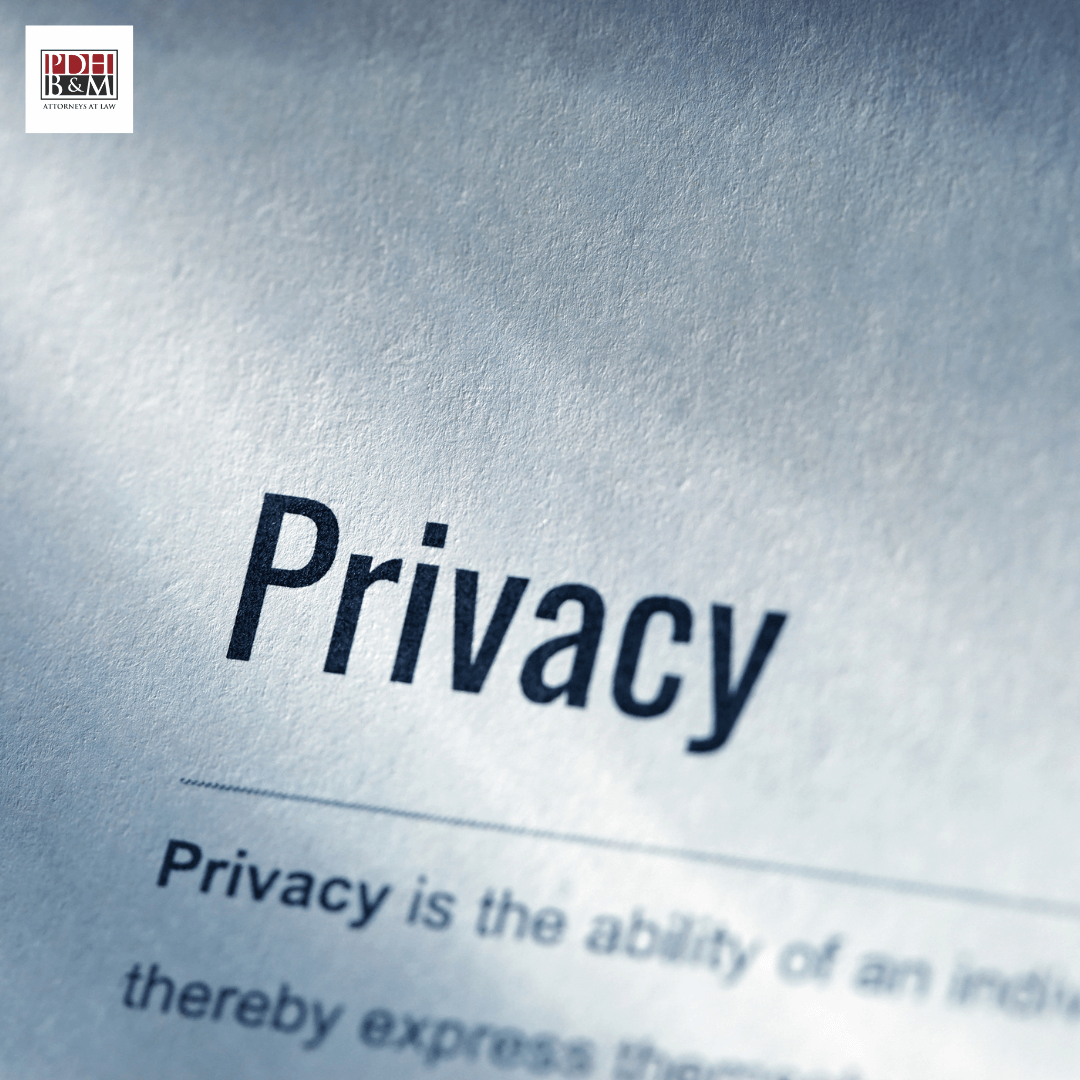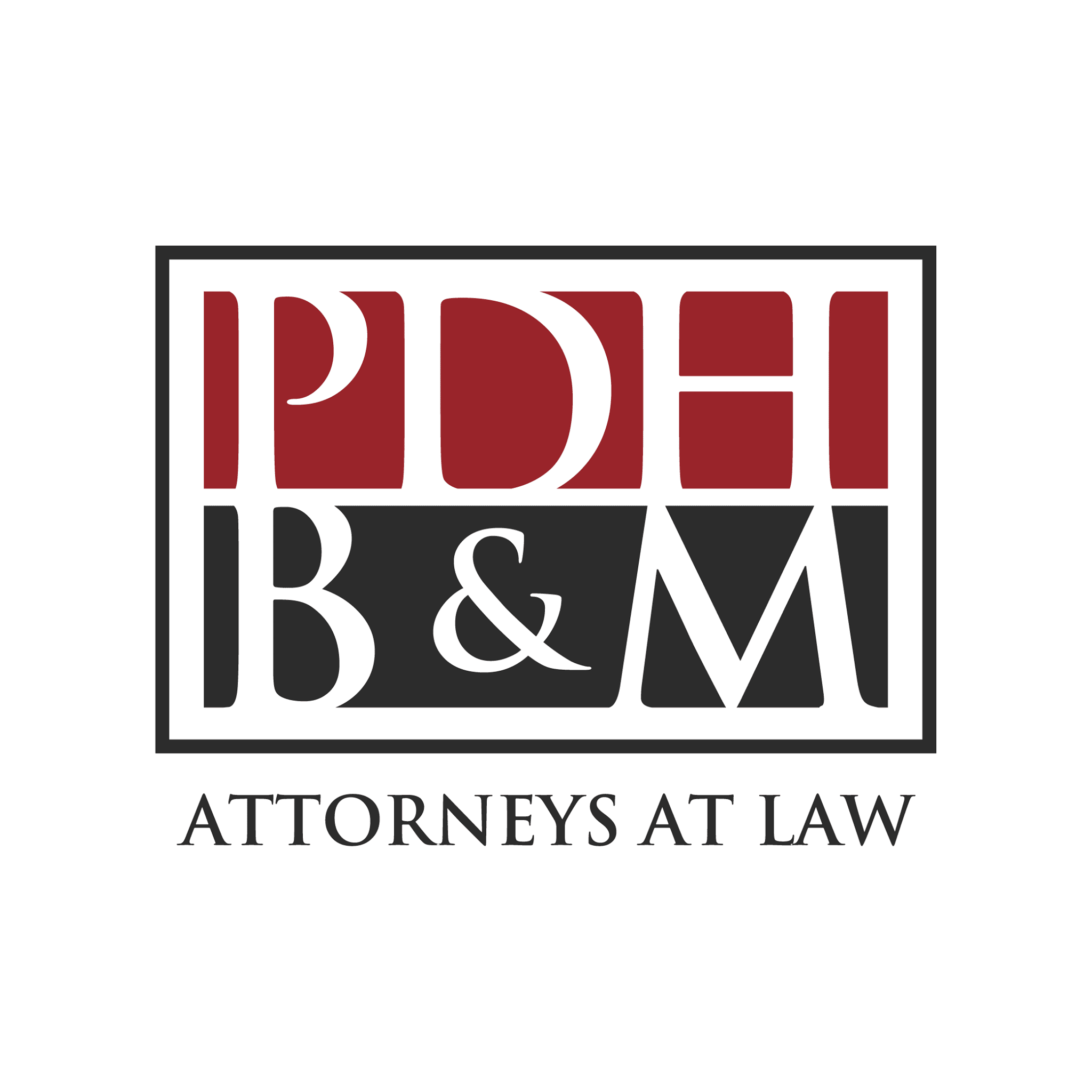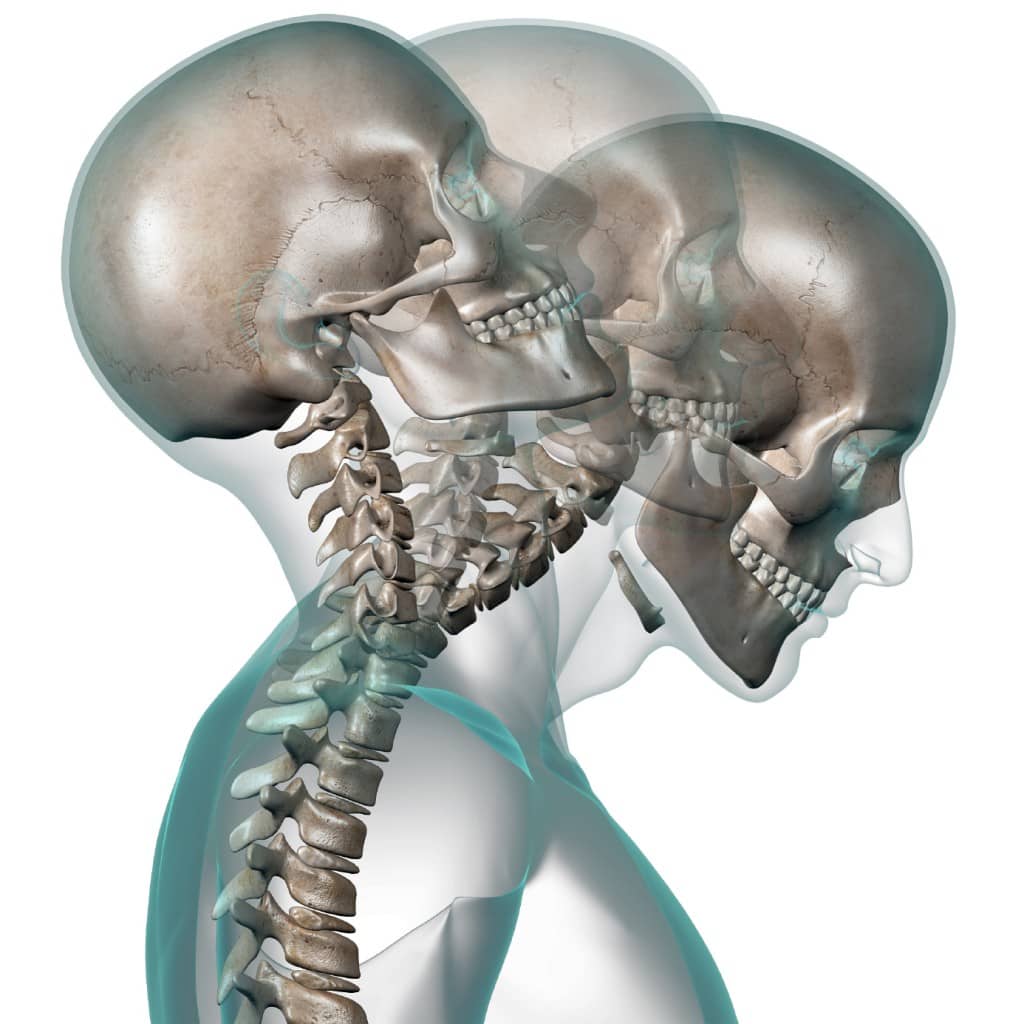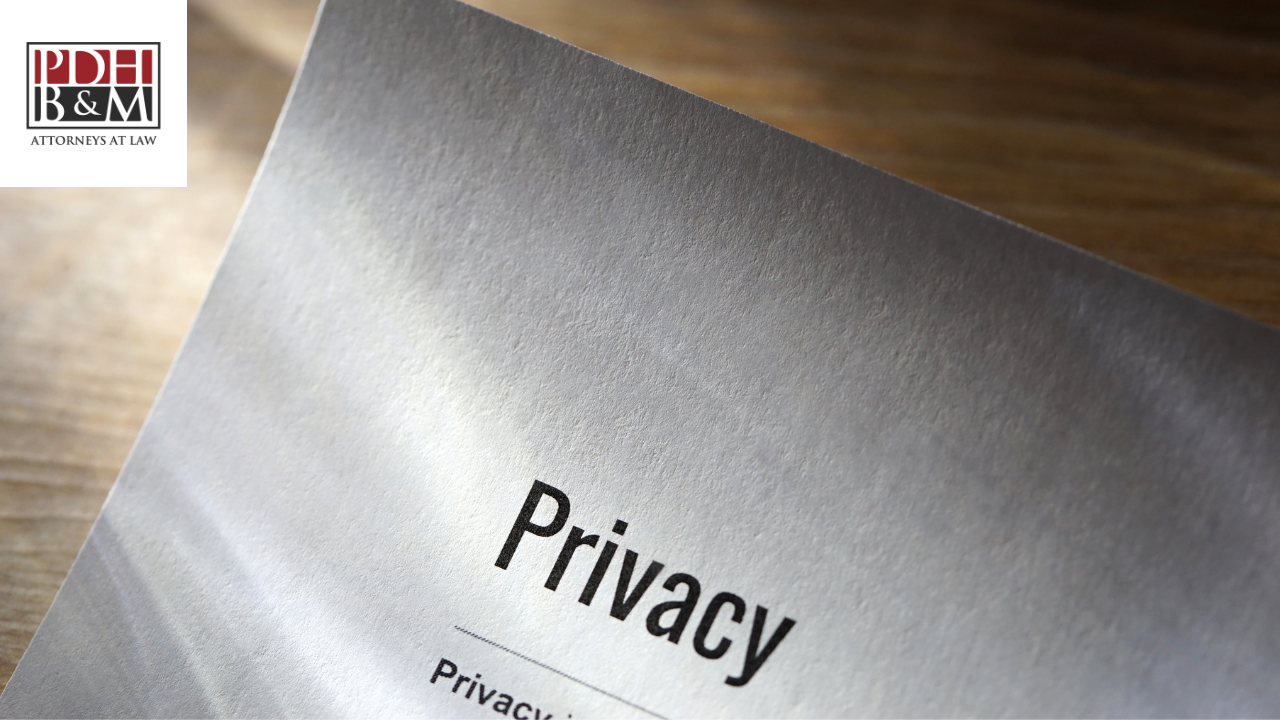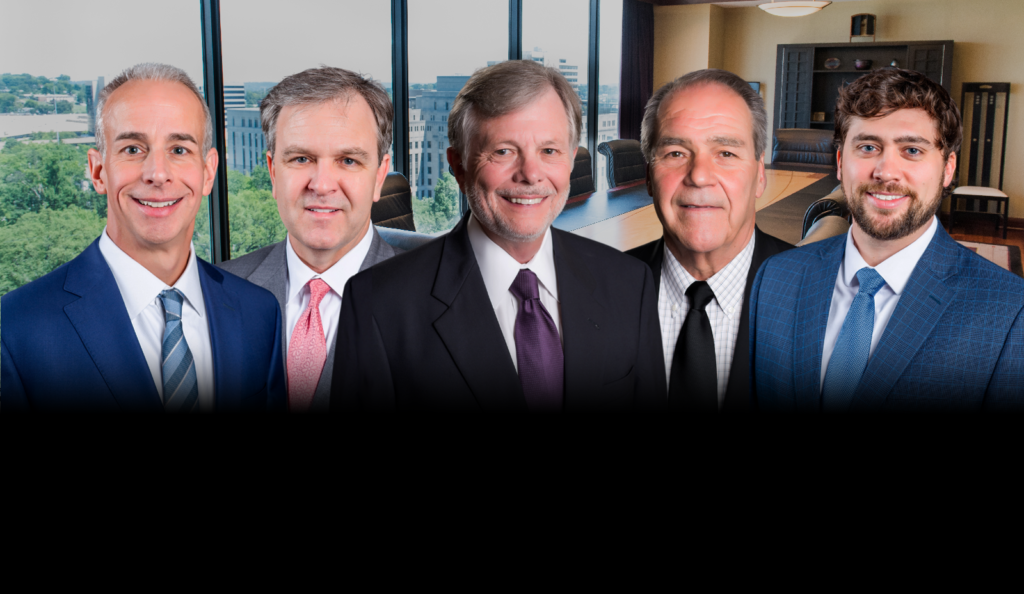How to Determine Fault in a Car Accident
You’re a good driver who got in an accident. The other driver was being careless; they didn’t look in their rearview before switching lanes; they were applying absurd amounts of mascara; they were obsessively texting their girlfriend; they were speeding and tailgating and being an all-around poor driver. Whatever it was that caused the accident, you are now left with a headache. You need to contact insurance carriers. Maybe you’ve already been back and forth to the car shop. Possibly you have needed medical intervention.
Rear-end Accidents
Most of the time, the driver at the end of the car accident is responsible for the collision. It doesn’t matter why the car in front stopped, even if that driver slammed on the brakes. Road rules dictate that drivers should give sufficient space – a count of three seconds – between their vehicle and those ahead in order to stop at any time.
What’s more, the damages in a rear-end accident offer sure proof as to how the accident happened. When one car is damaged in the front, and other car damaged in the back, there isn’t much of an argument about who hit whom. During a multiple car incident, like in a pile-up, each car that hits the car in front of it may share some of the fault.
Left Turn Accidents
A car that made a left turn into a car travelling straight is almost always liable. Exceptions to this rule are pretty rare and hard to prove, but can include:
- The car travelling straight ran a red light.
- The car travelling straight was speeding excessively.
As with rear-end accidents, the damage locations on the cars make it clear as to what kind of accident it was. Wreckage on the front of one car, and damages to the side of another car are signs of a left-turn accident.
Other Ways to Prove Fault
If a car accident was not a rear-end or left-turn collision, proving fault may get a little tricky. Here are some places to start in proving your case.
State Traffic Laws
The Vehicle Code is a set of state laws that govern driving and are contained in state statutes. These laws can be found in public libraries, law libraries and sometimes online. A simplified version of these laws may also be available at your local DMV office. Sometimes these are known as “The Rules of the Road.”
When searching through the code, look for listings that apply to your accident. If you find a section that applies to your situation, copy its wording exactly and also make note of the statute number. You will need to reference this information while negotiating with the insurance carriers.
Police Reports
Police will make a written report of the accident if they arrive on the scene, especially in the case of an injury. The report will include the case facts, and if you’re lucky, will plainly state the officer’s opinion about who was at fault. The report may even note that someone violated a specific traffic law and that violation directly caused the accident. Citations that the officer issued will also be in the report. Other times, the police report may indicate that negligent behavior occurred, but stop short of clearly stating that this behavior caused the accident.
Any note in a police report about negligent driving or traffic law violations, regardless of how specific it is, is great evidence in support of your claim. Be sure to ask the traffic division of your local law enforcement agency about getting a copy of a police report, when one is available.
Witnesses
Witnesses may be very helpful in determining fault. If the identities of witnesses are known, please provide this information to the investigating police officer. Also, you should take note of this information for your own records. If the identities of witnesses are not known and the circumstances allow, make an effort to obtain the identities of any witnesses.

